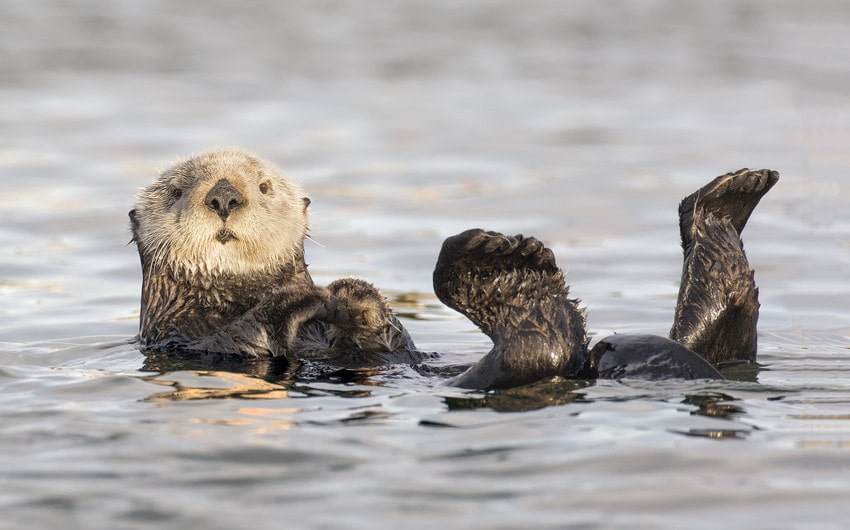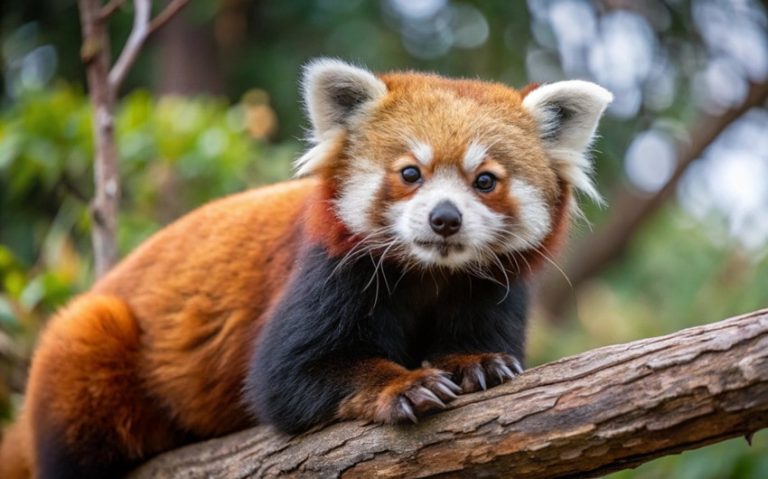15 Disturbing Facts About Otters That Will Shock You
When you think of otters, you probably picture adorable creatures floating on their backs or playfully splashing in the water. But there’s more to these seemingly innocent animals than meets the eye. Behind their cute appearance lies a side of otters that might surprise—and even disturb—you.
This article dives into some of the most surprising and disturbing facts about otters, revealing behaviors and traits that are far from the cuddly image we know. Get ready to discover a new perspective on these fascinating, yet complex, animals.
15 Disturbing Facts About Otters
1. Otters Can Be Surprisingly Aggressive
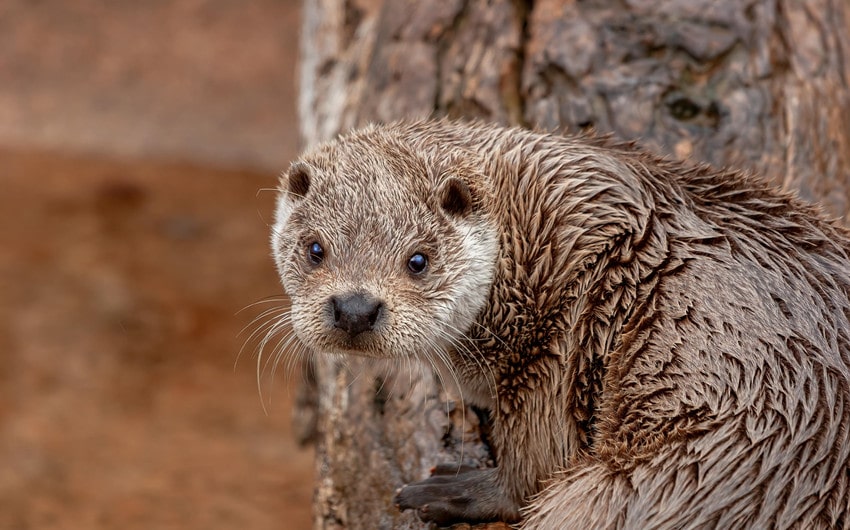
While they look adorable and harmless, otters are fiercely territorial and will attack anyone or anything that threatens their space. This aggression isn’t limited to other otters—otters have been known to attack animals much larger than themselves, including dogs and even humans.
Their sharp teeth and strong jaws make these attacks particularly dangerous. In some documented cases, otters have left people with severe injuries after feeling provoked, showing just how far they’ll go to defend their territory or young.
2. Otters Sometimes Kill Their Mates
Mating in the otter world is far from romantic. Male otters often bite and hold onto the female’s nose to subdue her during mating, which can result in severe injuries or even death. In some cases, males keep females underwater for extended periods, causing them to drown.
This violent mating behavior is especially common among sea otters, where researchers have observed females dying as a direct result of the male’s aggressive grip.
3. Otters Eat Their Own Young
When food is scarce or a female otter feels overwhelmed by environmental stress, she might resort to killing and eating her own offspring. This behavior, known as filial cannibalism, occurs in various animal species, but it’s particularly unsettling to witness in a creature so often associated with playfulness and maternal care.
While it might seem heartless, this behavior is often a survival mechanism, allowing the mother to preserve energy or protect her remaining pups.
4. Otters Hunt and Kill Larger Animals
Although otters are typically associated with eating fish, crabs, and small aquatic creatures, they are capable of hunting much larger prey. Giant otters, for example, are apex predators in their environment and have been observed taking down caimans and anacondas in coordinated group hunts.
Even smaller otter species have been known to attack birds and mammals, using their sharp teeth and cunning hunting skills. This predatory nature reveals a surprisingly fierce side to these animals.
5. Otters Spread Zoonotic Diseases
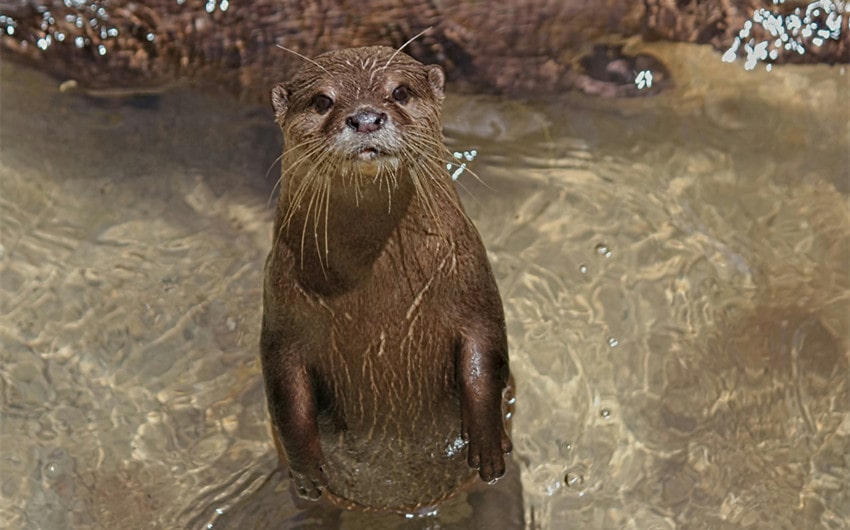
Otters can carry and transmit diseases that are harmful to humans and other animals. For example, sea otters have been identified as carriers of Toxoplasma gondii, a parasite that originates in cat feces and can cause serious illness in humans.
Additionally, otters can transmit rabies and leptospirosis, both of which pose significant health risks. This risk is especially high in areas where otters interact closely with humans or pets, such as tourist destinations or fishing spots.
6. Male Otters Abuse Baby Seals
One of the most disturbing behaviors documented in sea otters involves their treatment of young seals. Male sea otters have been observed attacking and forcibly attempting to mate with seal pups, often resulting in severe injuries or death for the pups.
These incidents highlight the extreme aggression and opportunistic tendencies of male otters, particularly during mating season. It’s a grim reminder that the cute, playful image of otters doesn’t tell the full story.
7. Otters Engage in Necrophilia
In one of the more unsettling discoveries about otter behavior, researchers have observed male otters engaging in necrophilia. This behavior involves males attempting to mate with the corpses of deceased animals, including other otters and even seals.
These acts often occur after the males have killed the animal, further adding to the disturbing nature of this behavior. While necrophilia is rare in the animal kingdom, it has been documented enough in otters to raise eyebrows.
8. Otters Steal Prey from Each Other
Otters are not always cooperative, even with members of their own species. In many cases, otters will steal food from one another, particularly when resources are scarce. This behavior can lead to aggressive fights, with the dominant otter often overpowering the weaker one to snatch their catch. This opportunistic behavior showcases the competitive and sometimes ruthless side of otters as they fight to secure their next meal.
9. Giant Otters Are Extremely Intimidating
Giant otters, native to South America, live up to their name both in size and behavior. They can grow up to six feet long and are known for their loud, intimidating vocalizations. These otters hunt in groups and have been observed taking down large and dangerous prey, including caimans and anacondas.
Their aggressive and coordinated hunting tactics make them apex predators in their habitats, earning them the nickname “river wolves.” While fascinating, their sheer power and fearlessness can be terrifying to witness.
10. Sea Otters Can Kill for Dominance
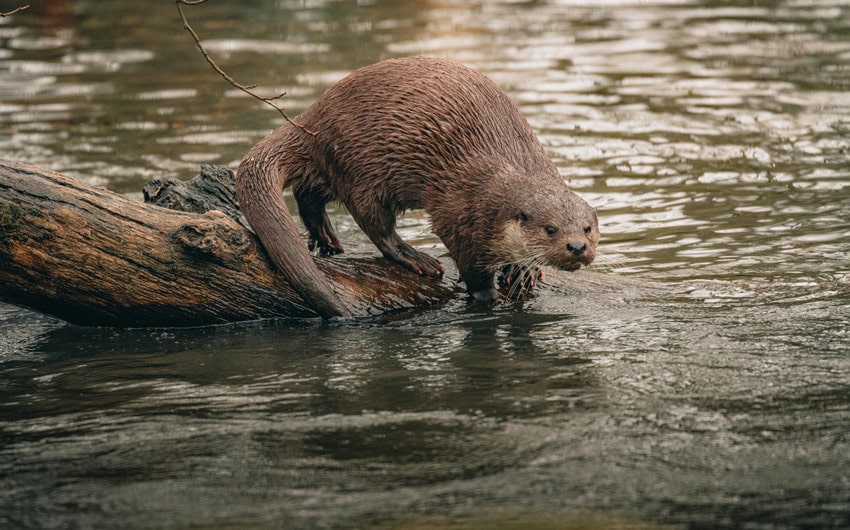
Male sea otters have been observed killing other animals and even rival otters to establish dominance within their group. This behavior is particularly common during the mating season, where males compete fiercely for access to females. In some cases, these fights result in severe injuries or death. This dark aspect of otter social behavior reveals just how competitive and violent they can be in their quest for control and status.
11. Otters Kill Out of Aggression
Otters sometimes kill animals not for food, but purely out of aggression. For example, otters have been observed attacking and killing birds or small mammals in acts that seem driven by dominance rather than survival.
These instances are particularly unsettling, as they go against the common perception of otters as harmless creatures. This behavior shows that otters are capable of inflicting harm without the necessity of sustenance as a motivator.
12. Otters Demand Food Aggressively from Humans
In areas where otters have become accustomed to being fed by humans, they can exhibit bold and aggressive behavior. Rather than waiting passively, otters have been observed demanding food, often chasing or intimidating people to get what they want.
In extreme cases, otters have even attacked humans who refuse to feed them. This aggressive dependency on humans disrupts their natural behavior and can make them a threat in regions with frequent human interaction.
13. Otters Can Damage Ecosystems
While otters play an important role in their native ecosystems, they can become destructive when introduced as invasive species. In non-native habitats, otters can overhunt fish populations, displace native animals, and disrupt the ecological balance.
This has been observed in regions where otters were reintroduced or expanded into new territories, leading to unintended consequences. Their voracious appetite and dominance over resources can severely impact local wildlife and fisheries.
14. Otters Sometimes Kill Pets
There have been reported incidents of otters attacking and killing pets, particularly dogs that wander too close to their territory. These attacks often occur near rivers, lakes, or ponds where otters are defending their dens or young.
The strength and sharp teeth of an otter can easily overpower smaller pets, making these encounters particularly traumatic for pet owners. This behavior is a stark reminder that otters are wild animals, not the harmless creatures they may appear to be.
15. Otters Are Known for Prolonged Torture of Prey
Otters have been observed toying with their prey before delivering a fatal blow, a behavior that seems to go beyond basic survival instincts. They might drag fish, crabs, or even small mammals around for extended periods, almost as if playing with them.
While this behavior may serve a purpose, such as honing hunting skills or tiring out prey, it often comes across as cruel. This darker side of their predatory nature contrasts sharply with their reputation for playful antics.
